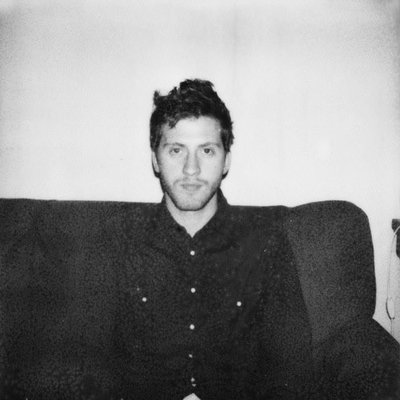Baja Moda CXIII, Cuba, 2019 © Pablo Lopez Luz
With a sharp eye and a solid array of projects and published books, Pablo has developed a noteworthy body of work. His latest explorations are contained in the recently released book, Baja Moda, publi...

Baja Moda CXIII, Cuba, 2019 © Pablo Lopez Luz
With a sharp eye and a solid array of projects and published books, Pablo has developed a noteworthy body of work. His latest explorations are contained in the recently released book, Baja Moda, publi...


Read More: When City Life Pauses

You’re getting blind.
Don’t miss the best of visual arts. Subscribe for $9 per month or $108 $90 per year.